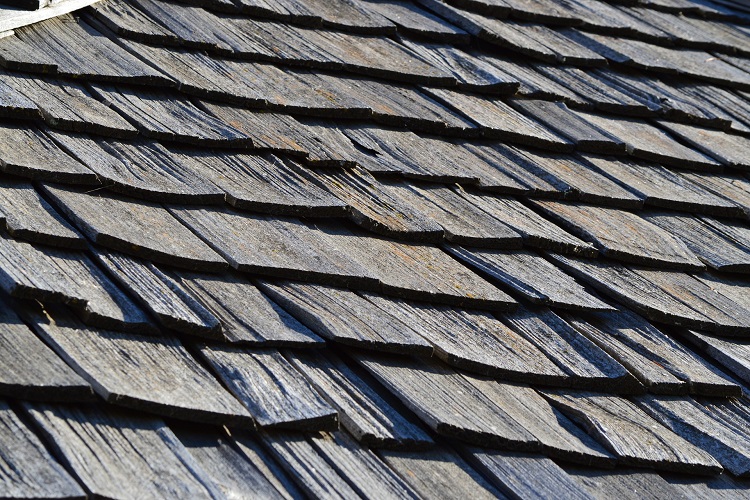In this article “Should I fix my roof – DIY or professional tips” we consider should I bother fixing my roof in a DIY or professional manner. If you’re in the market for a new roof or repairs, here are some installation benefits.
Benefits of New Roofing and Maintenance
While a new roof or even maintenance can be an expensive up-front cost, the pros can significantly outweigh the cons. Some signs you could need a new roof include water leakage in the roof space after rain or wet conditions. Often this could result in mildew or mould on ceilings and interior walls. Sometimes exterior paint, siding and sheathing; and missing or damaged tiles could be the cause.
The Return on Investment (ROI) for repairs or replacement can be extremely high, especially if you are trying to sell your home. Often buyers will undertake a professional building inspection before they purchase a home. A damaged roof, or subsequent damage caused by one, will be a quick detractor from potential buyers. A new roof installed by a licensed contractor will carry a warranty, attractive for anyone looking to settle, avoiding on-going maintenance concerns.
With new materials and changes in installation methods, a new roof will help keep your home energy efficient. Your home will be active in keeping the outside and inside environments separated. The cost of your utility bills will decrease. The risk of mould, mildew and other damage will drop, leaving you and everyone in your house healthier. In addition to improving the internal health of your home, a new roof can exponentially improve the external appearance of your home. The result is your home will have better street appeal. If you’re trying to sell a home, this can be the initial attractor. Remember getting buyers past the front door is key!
The Basic tips of Roof Installation and Repairs
- To begin with, make sure you have a clean, well-organised working space. Be mindful of dangerous areas, such as power lines. Ensure that you have the right tools for the job. Working on elevated roofs always has its dangers, so make sure you’re operating safely, and minimise the risk of any fall.
- Tear off the existing roofing (such as tiles, nails, metal and more) and prepare the surface.
- Repair any damaged structural members now that it’s visible before any new installation of roofing material.
- Install roof deck protection, leak barriers, starter strips and tiles.
- Be sure to use the correct nails for your roofing project to prevent problems down the line, such as tiles blowing off the roof.
- After the tiles are installed install ridge vents, valleys, flashing or ridge-cap tiles. Also adding ventilation (such as attic fans) will help to ventilate the roof spaces in your home.
Replacing or repairing my roof – DIY or professional?
Even if you have a working knowledge of how to install a new roof, you need a plan. Just trying to repair it will need careful consideration and planning. Even then it could still be too dangerous a job to undertake as a DIY project. Not to mention it always takes longer than you think. One recommendation is not to leave your roof space unprotected for any extended period. Exposing the insides of your roof will leave you vulnerable to the elements. The weather should be monitored. Any rain, snow or adverse weather can result in internal damage to your home. Hiring a contractor could be a more efficient and safer way to install a new roof or make necessary repairs since the project will go quicker without as many potential hiccups.
Author: Avid Handyman
If you would like to receive our newsletter:
Subscribe to our mailing list

